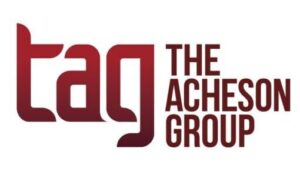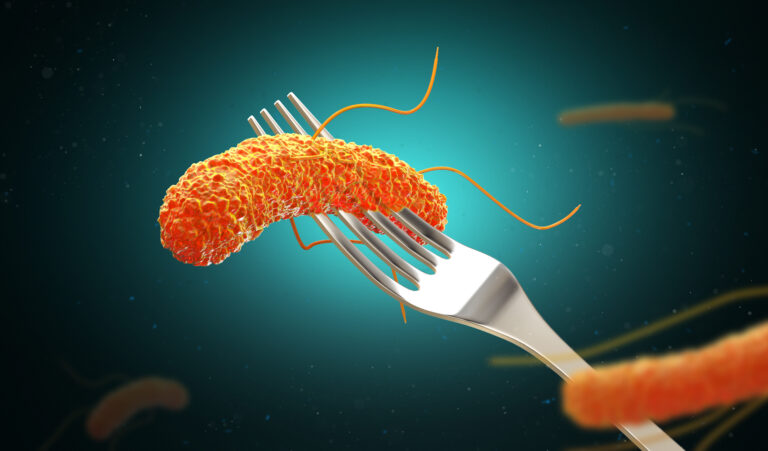From eggs to tahini to tarts and patisserie, Canada saw four recalls caused by possible Salmonella contamination in January alone.
- Patisserie and Tarts – 3 affected patisserie products and 2 tart products; recall triggered by CFIA findings in an outbreak investigation. Products may also have been clerk-served or in smaller packages, with or without a label. There have been 70 illnesses associated with the two products from the same manufacturer, of which 22 were hospitalizations.
- Shell eggs – 19 affected products; recall triggered by test results. The original recall warning was updated to include additional recalled products to the hotel/restaurant/institution level. No associated reported illnesses.
- Tahini – 1 affected product; triggered by the company. No associated reported illnesses.
Microbiological hazards (such as Salmonella, Listeria, and E. coli) are an ongoing cause of recalls. In fact, they have been the leading reason for recalls in Canada over the last five years. And, as the above recalls show, the contamination can originate with a supplier, but it will have just as great – or greater – impact on your brand as well.
With many of these recalled products being sold under various brand names, some being manufactured outside Canada, and some having “rolling recalls” (in which additional products are added after the initial announcement), the number of Salmonella contaminations in a short timeframe illustrates the critical importance of ensuring that you have a thorough understanding of, and management program for, your suppliers – including secondary and tertiary suppliers. This is further emphasized by the CFIA notice on these recalls that it is continuing to conduct food safety investigations “which may lead to the recall of other products.”
For example, the shell eggs were sold under six different brand names as well as being sold loose under no name. One of the brands and numerous no-brand loose eggs that were sold to hotels, restaurants and institutions were added to the recall after the initial announcement. In relation to the patisserie and tart products, some were also clerk-served or sold in smaller packages without a label or with labels bearing different brand or product names.
Such distribution not only illustrates the complexity of the supply chain, but also the importance of ensuring that you know, and have thorough supply management programs for, your suppliers and their suppliers. We don’t know how direct the distribution chains were for each of the above recalls, but we do know that all the brands in the chain were impacted.
For example, it is unlikely that any of the 70 people who became ill from eating the patisseries/tarts – or their families or friends – will again purchase that brand, impacting both the original manufacturer and the outlet where purchased. The store or restaurant where the sweet was “clerk-served” could have deterred all these buyers from purchasing any of their baked goods.
For the tahini, the opposite is likely. While it is the tahini brand that was recalled and is being investigated, a statement from the manufacturer claims that CFIA did not take samples from its facility, but that the “samples it examined came from the restaurant suggesting any contamination came from the restaurant’s handling of the product since the lab results for Naz’s Falafel House were negative for Salmonella.” However, the company is recalling all product with “PRO” dates up to and including 8/2024, and consumers are being told to not consume, serve, use, sell, or distribute recalled products.
General Salmonella controls for facilities anywhere along the food chain should include:
- Have a supplier management program and conduct routine testing of incoming product.
- Implement a thorough environmental control program that includes regular monitoring and prevention, along with mitigation steps if a sample shows a positive.
- Ensure proper cleaning and sanitation procedures are being followed.
- Separate raw and finished goods, particularly those products most susceptible to contamination.
- Ensure proper and thorough cooking of product, particularly that which is to be sold ready to eat.
While recalls can occur despite your best efforts, ensuring you have robust preventive measures within your facility and management programs across your suppliers will help mitigate risk and protect your brand. For more information, consultation, or assistance, give us a call. TAG Canada can help!





